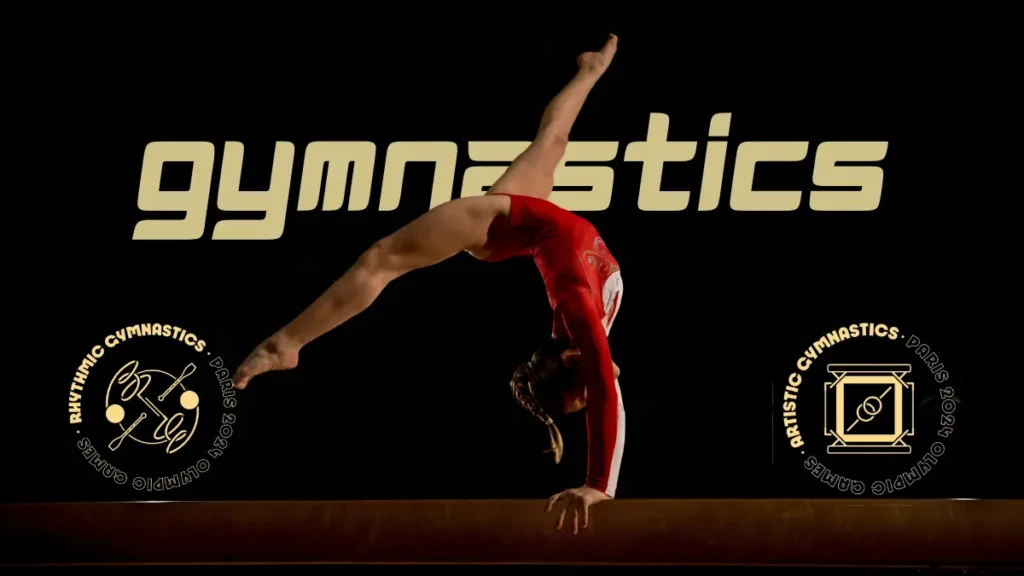Gymnastics New Zealand (GNZ) has recently announced a significant overhaul of its attire regulations, allowing female athletes to wear shorts or leggings over their leotards without facing any penalties. This decision marks a changes from the previous standards that penalized athletes for visible underwear or bra straps during competitions within the country.
The move comes in response to feedback from over 200 competitive gymnasts who expressed a desire to “feel comfortable and safe” while participating in the sport. Andrea Nelson, GNZ’s chief executive, highlighted the need to update the regulations, describing them as “unclear and unevenly applied” and acknowledging their outdated nature.
“We’re just making sure that wherever you are in the sport, you have the choice. So no one feels uncomfortable or excluded,”
Nelson stated, emphasizing the importance of ensuring inclusivity within gymnastics.
- These revised rules, however, apply exclusively to competitions held in New Zealand.
- For international events, athletes are still subject to the regulations set forth by the International Gymnastics Federation (FIG), which mandate the wearing of “correct sportive non-transparent leotard or unitard … which must be of elegant design.”
Under the FIG guidelines, female gymnasts may face deductions ranging from 0.30 to 1.00 points for attire violations during individual or team routines.
This discrepancy has led to ongoing discussions regarding the treatment of female athletes and the need for greater flexibility in attire regulations.
Design by Olympics FYI | Paris, FranceThe decision by GNZ to relax its attire rules follows similar movements within the gymnastics community, such as the German team’s choice to wear full-body suits at the Tokyo Olympics as a statement against the sexualization of women in sports.
Furthermore, a 2021 study conducted by Sport New Zealand revealed that many female teenagers were discontinuing their participation in sports and active recreation due to discomfort with their attire. Nelson underscored the importance of addressing these concerns to encourage continued participation among young athletes.
“Gymnastics is a tough enough sport without having to stress about incurring a deduction because a judge can see your bra strap,”
Nelson remarked, highlighting the impact of attire regulations on athletes’ confidence and performance.
By aligning the rules for female athletes with those of their male counterparts, who have long been permitted to wear shorts or trousers, GNZ aims to create a more equitable and inclusive environment within the sport of gymnastics. This progressive approach reflects a broader shift toward prioritizing athlete well-being and comfort in competitive sports.
In conclusion, the decision by Gymnastics New Zealand to modernize its attire regulations represents a positive step toward promoting inclusivity, comfort, and confidence among gymnasts, reaffirming the organization’s commitment to fostering a supportive and accessible sporting environment for all athletes.



